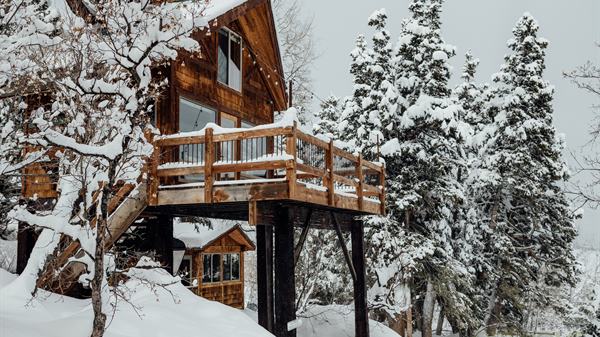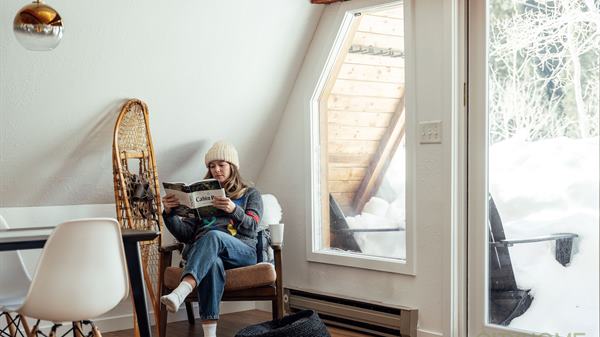One of the newest projects from sustainability-inclined architect Chris Price, Meadow Haus is a compelling lesson in flexible, efficient, innovative design. Given its location in an older Park City neighborhood, the project offered a unique challenge from the jump: create a visually innovative, environmentally friendly home that took full advantage of the geography on which it sits and fit into the context of its larger built environment. In order to achieve the levels of sustainability and livability required by the project, a non-traditional layout that allowed for maximum views and plenty of outdoor living space was adopted.
The resulting spaces are inviting, well-conceived, sun-drenched, and inspiring to peruse.
In order to orient the structure around views of the ski-run laced slopes onto which it looks, the typical floor plan for multi-story living was inverted, with the home’s uppermost floor consisting of the kitchen, living, and dining areas. The staggered structure’s lower roofs were converted into expansive decks, allowing the main living spaces to easily flow outward in warmer months. From a sustainability perspective, meanwhile, Meadow Haus was constructed in accordance with Passive House principles, making it 70%-80% more efficient than standard homes being built today.
The materials used throughout Meadow Haus are indicative of Chris’s larger design ethos—one that prioritizes sustainability and resiliency as well as a certain “cool factor.” The wood panels adorning the exterior of the home, for instance, were subjected to an ancient Japanese technique known as Shou Sugi Ban—a process wherein cedar planks are carefully charred so as to increase their longevity—resulting in a highly practical facade that certainly doesn’t skimp where aesthetics are concerned. The inherent relationship between form and function in Meadow Haus’s exterior is indicative of Chris’s overarching views on sustainability. Whenever possible, he encourages his clients to build as sustainable a home as they can, educating them along the way about the carbon output required to heat and cool a structure. However, Chris is also acutely aware of quality design’s ability to make sustainability more compelling to the general public, comparing a Prius and a Tesla to illustrate his point:
“Obviously the Tesla is way cooler, and the world responds.”
On the heels of a year that’s forced a substantial examination of our society’s fundamental values, it’s difficult not to admire Chris’s practice. Meadow Haus, along with his past projects (including Treehaus—a COLLECTIVE favorite that we listed and sold a couple years ago), illustrates an approach that is ambitious in its goals and humble in its approach. Chris’s structures are precise, measured, and exhibit a desire to make the world greener, more beautiful, and healthier for both this generation and the ones that follow it.


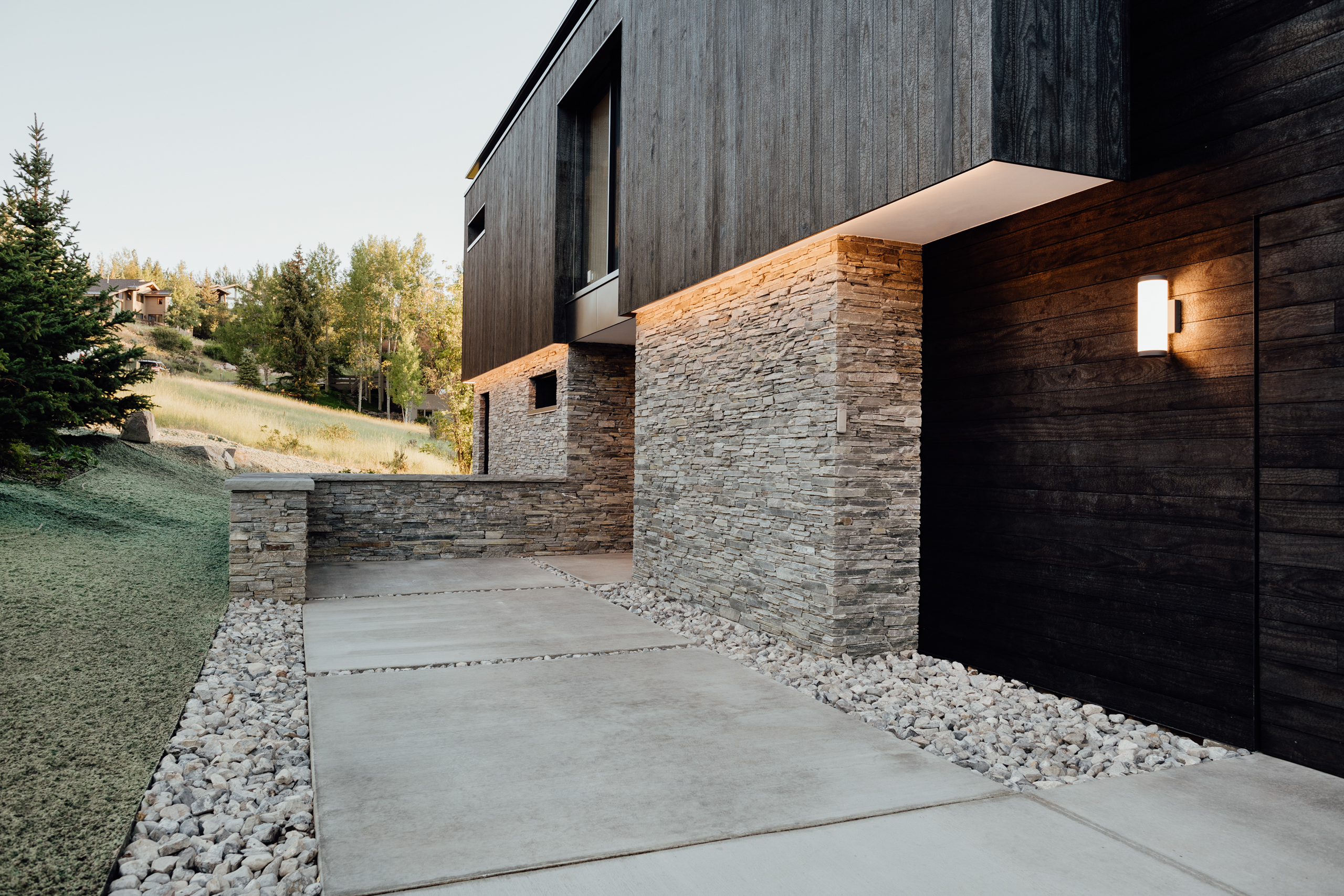
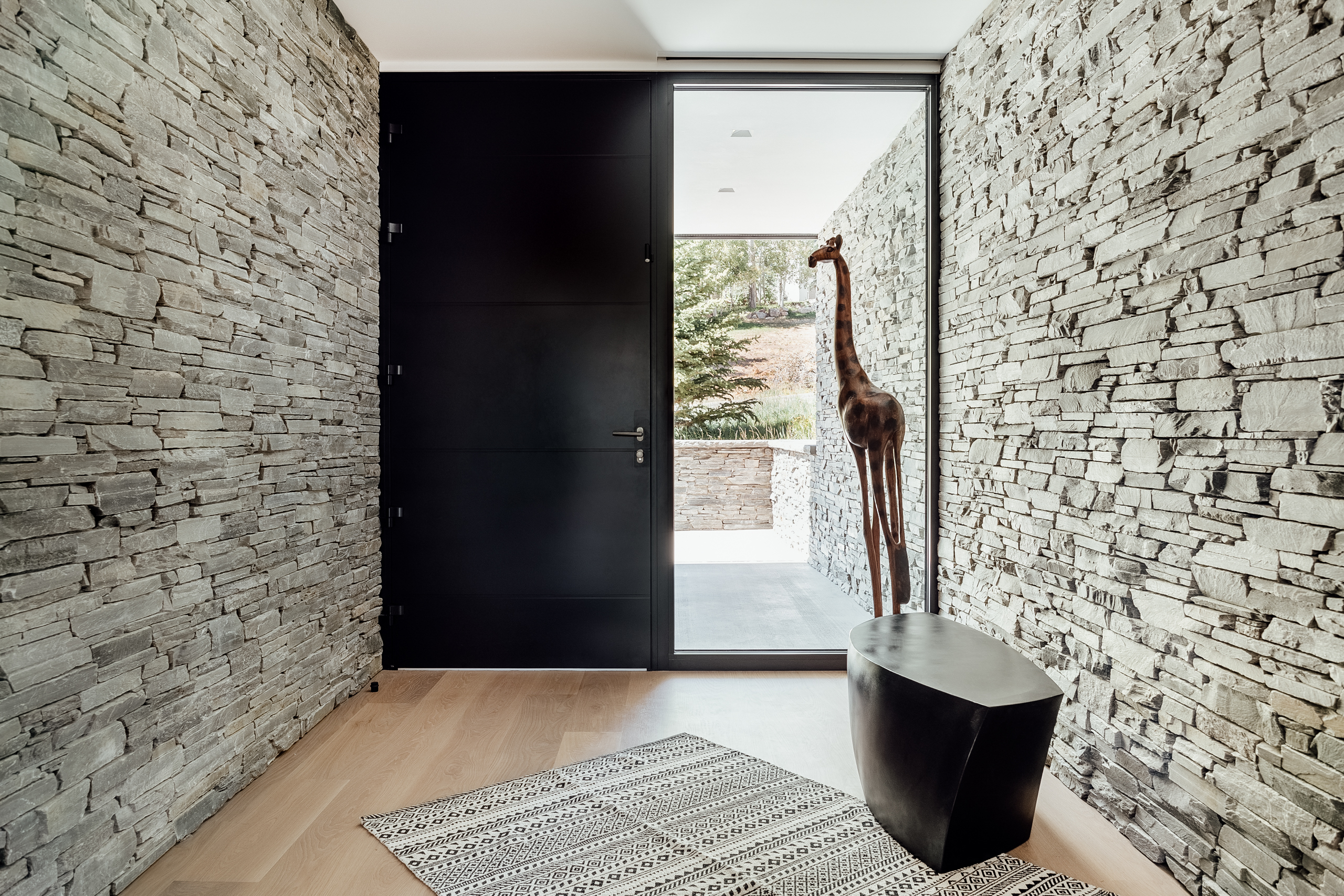
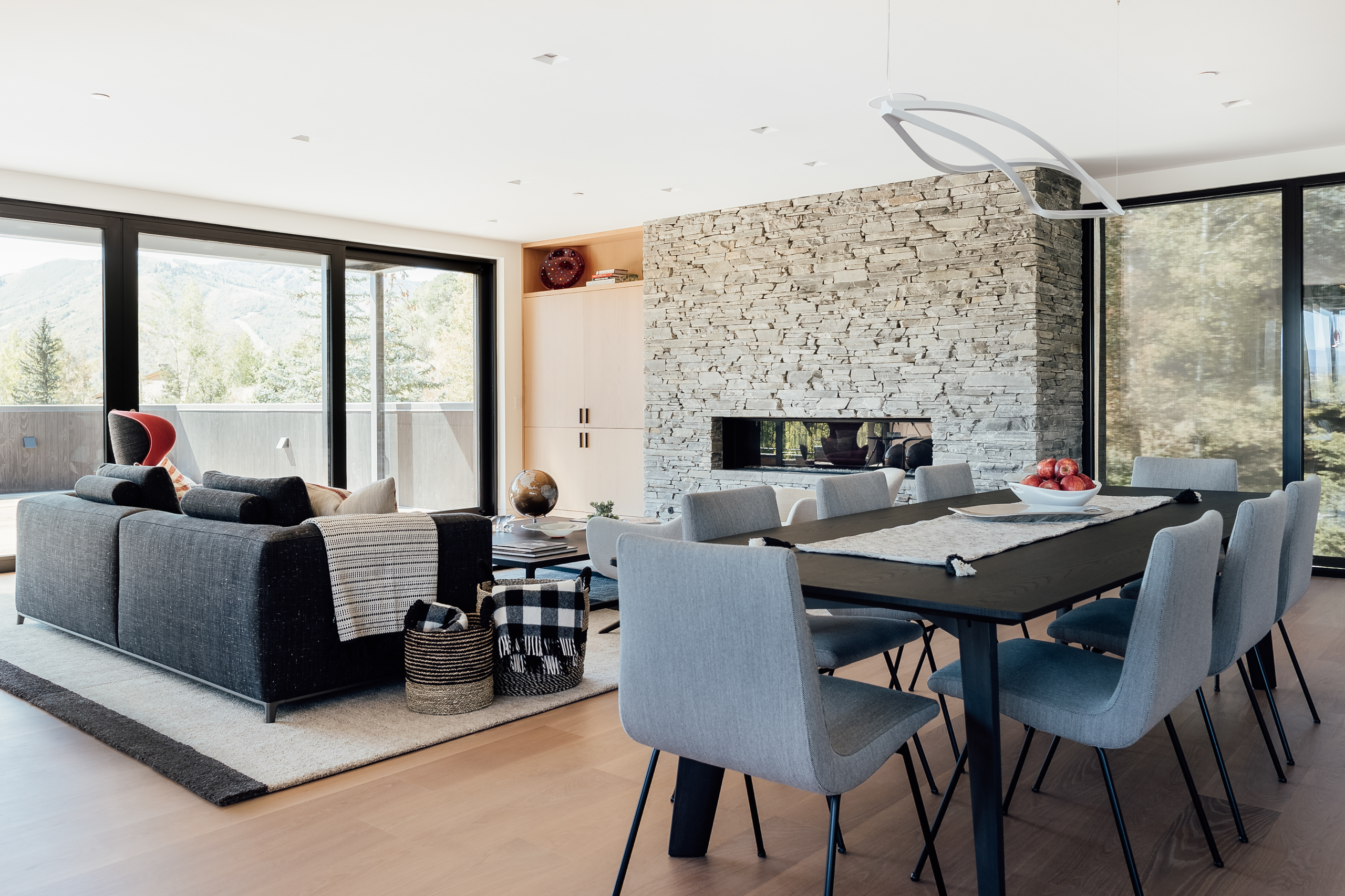
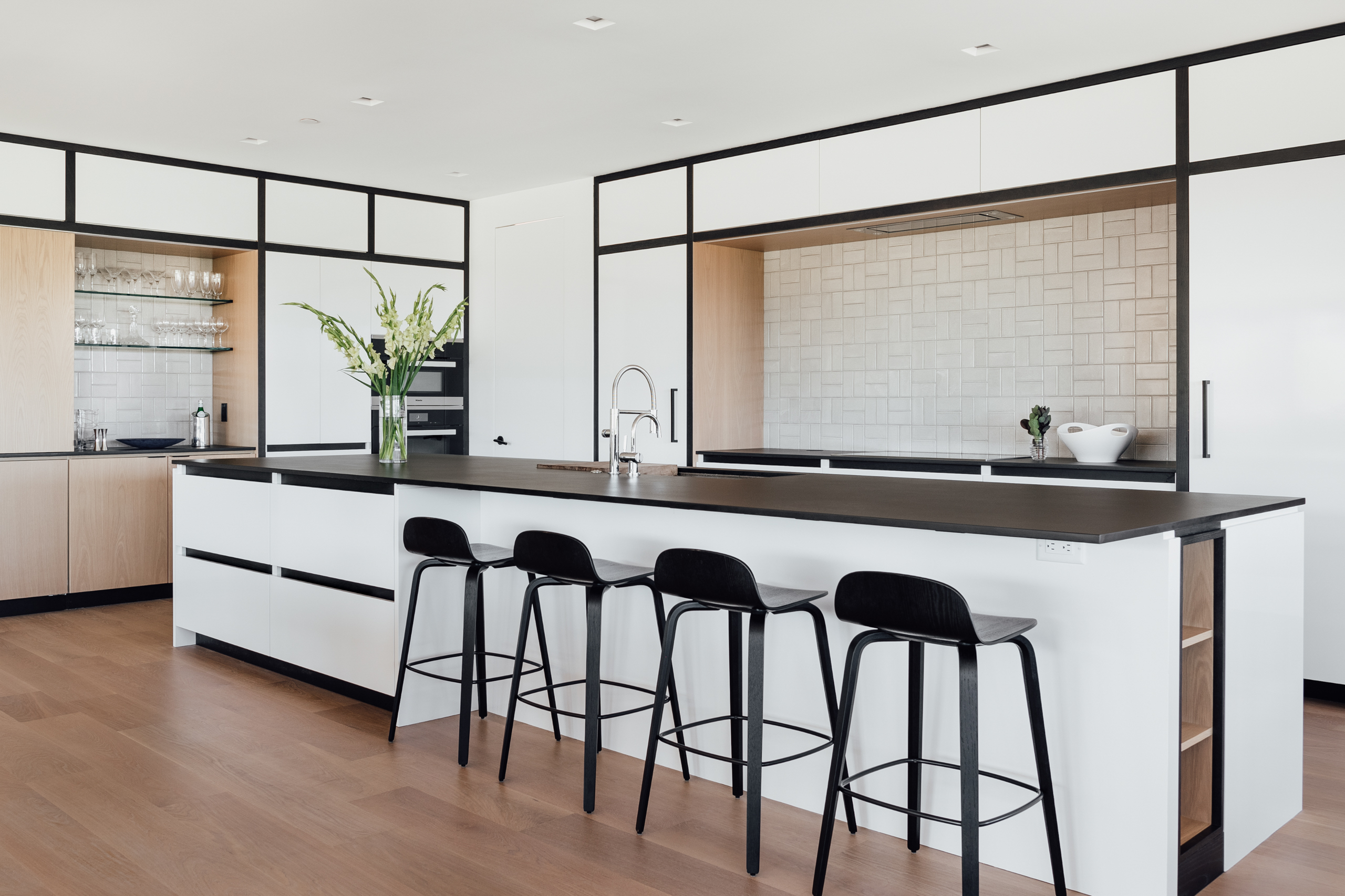
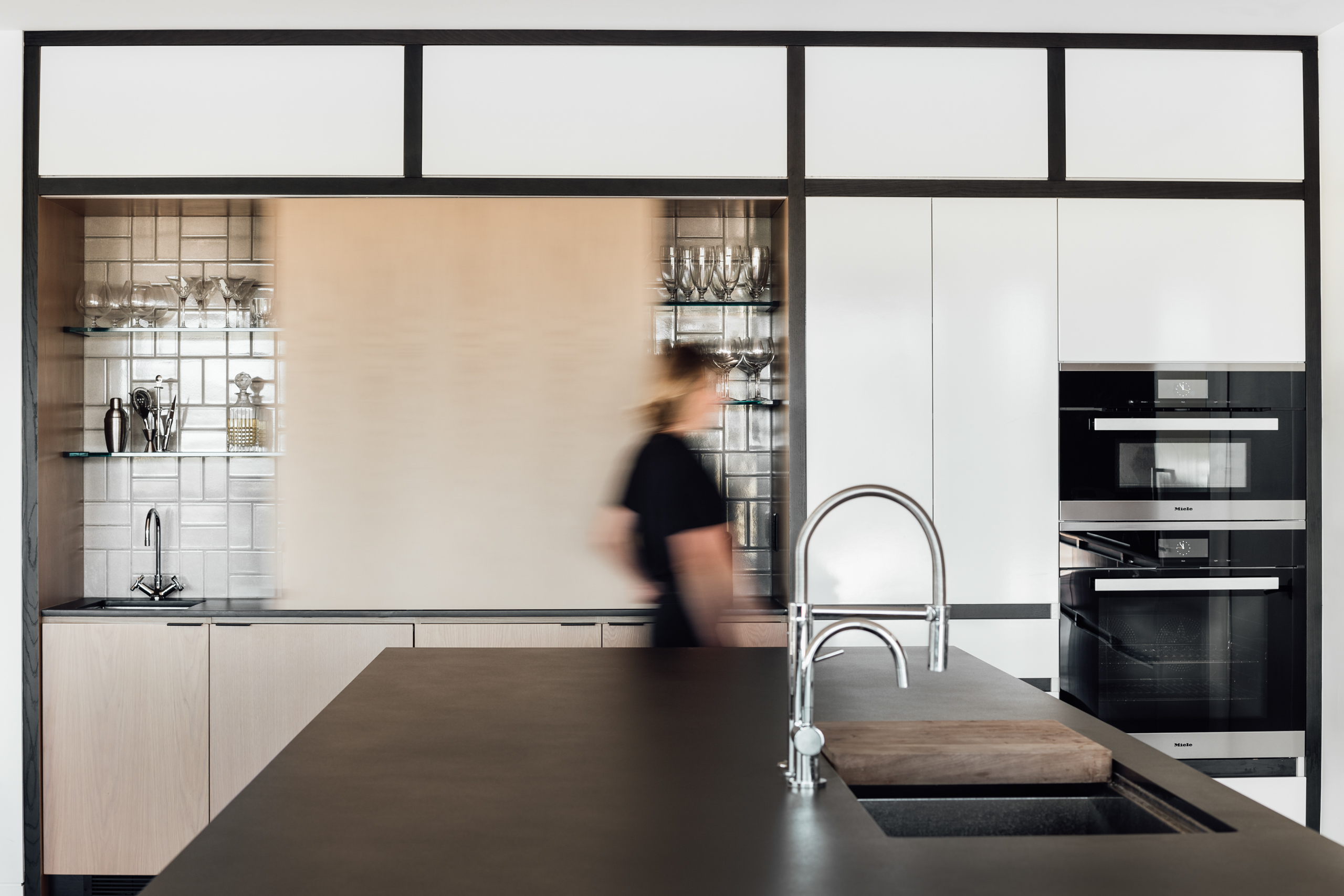
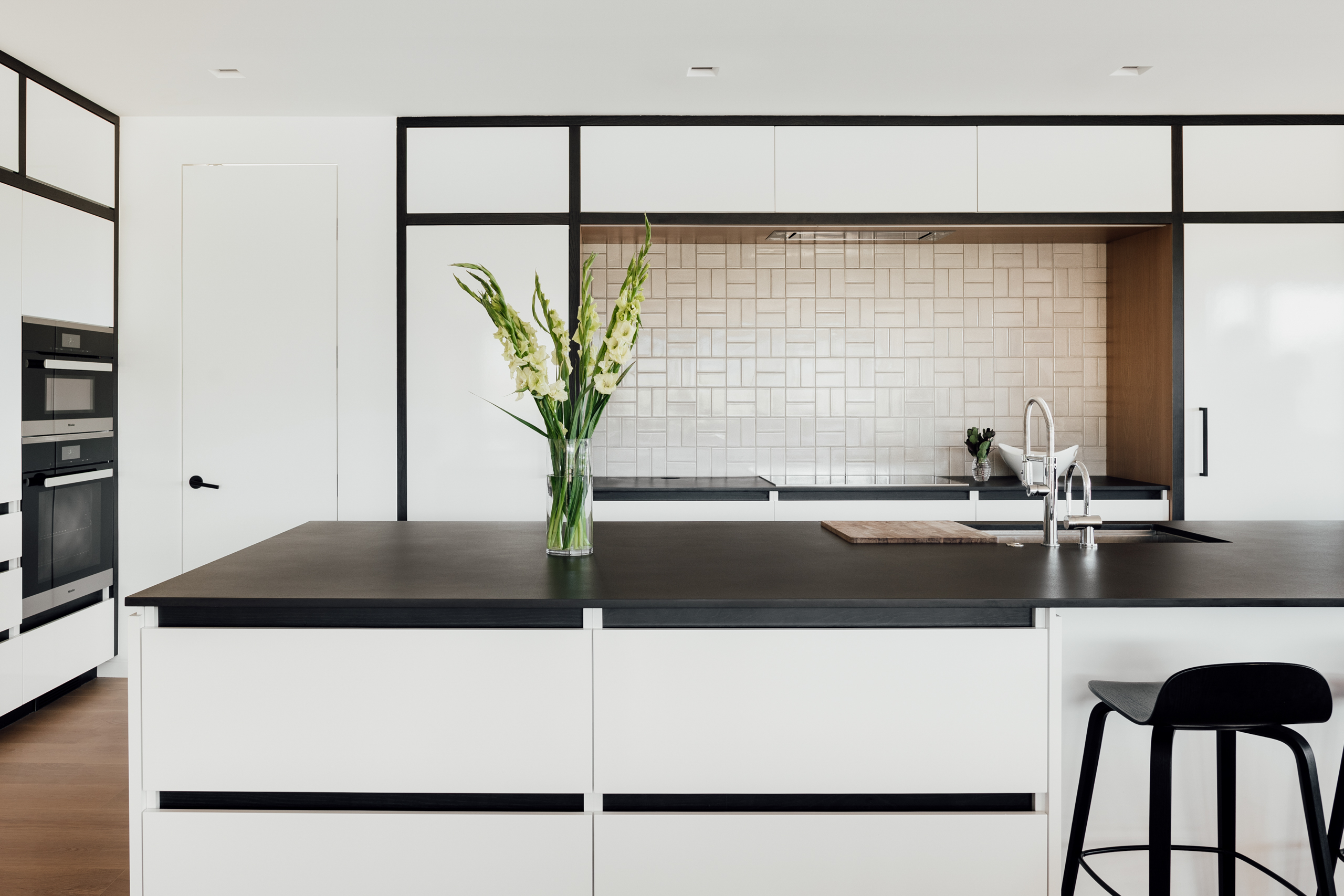

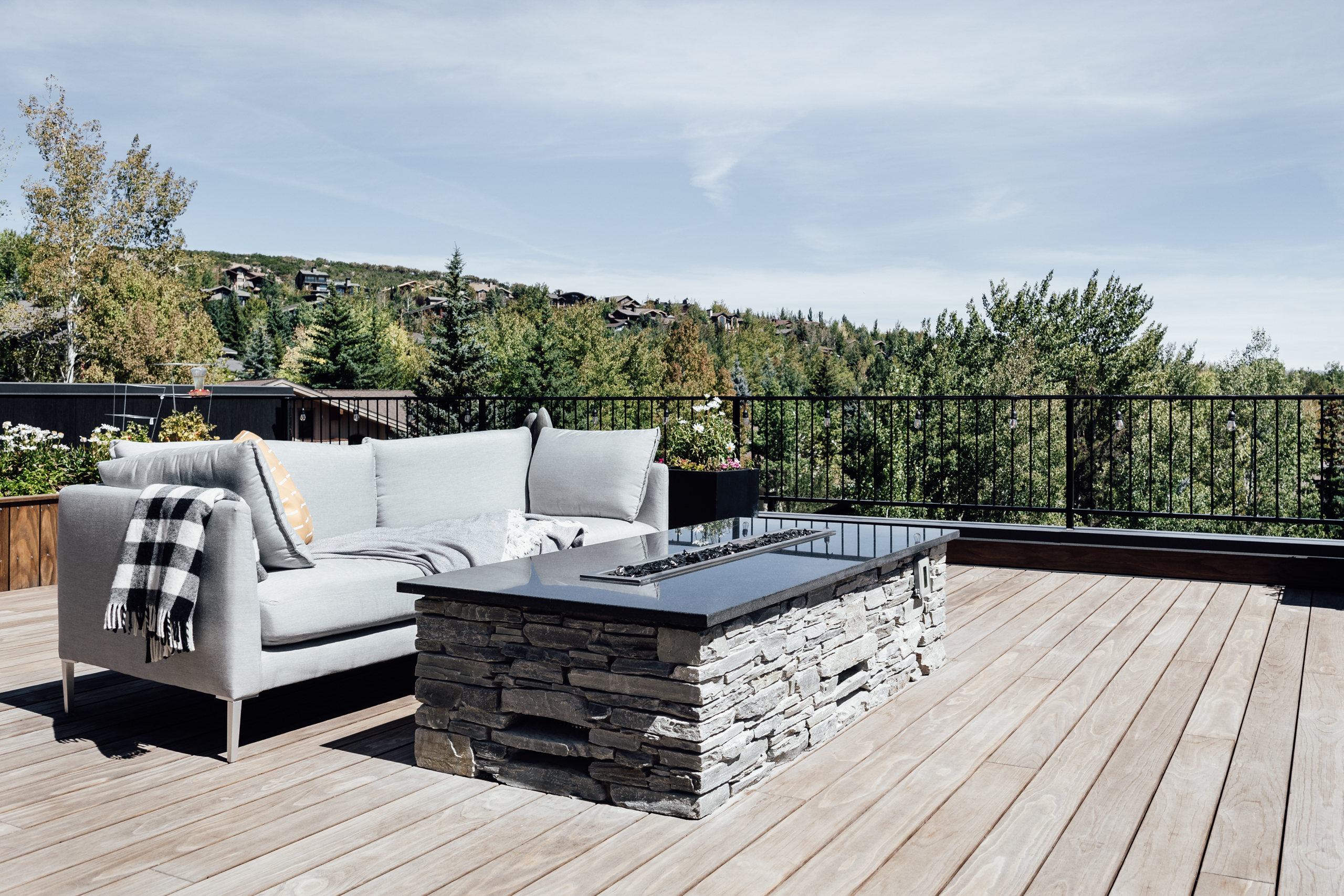
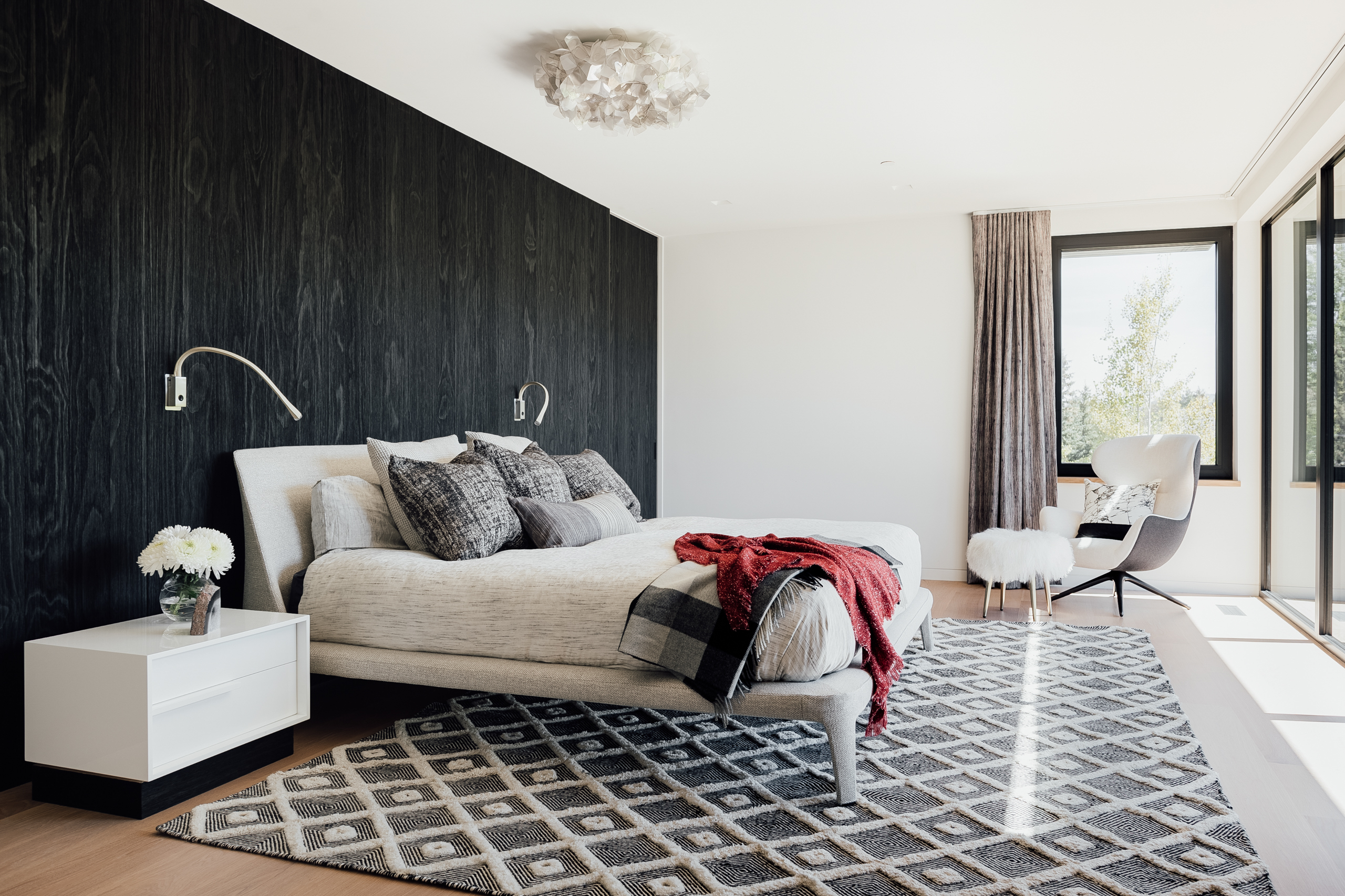
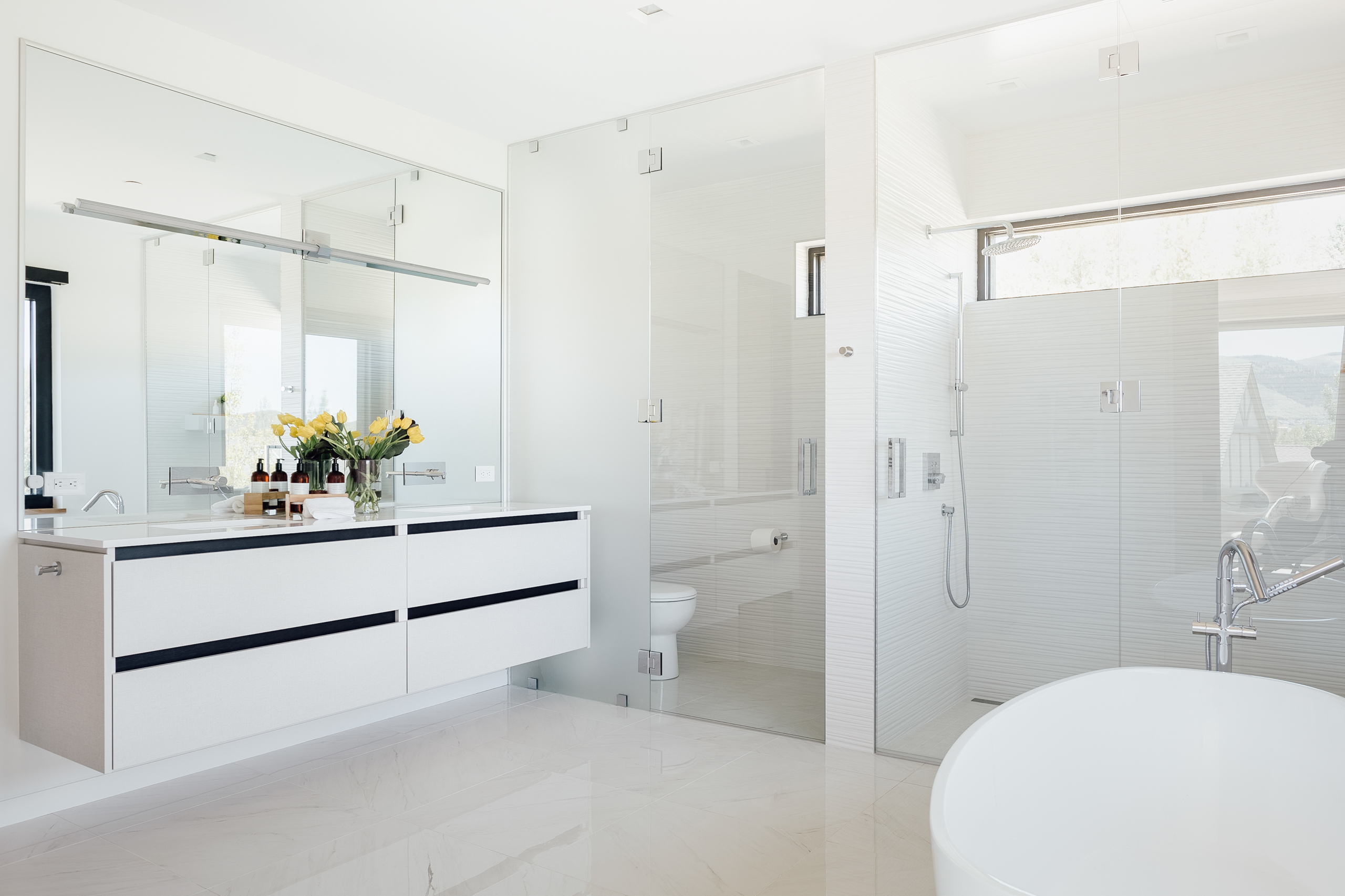
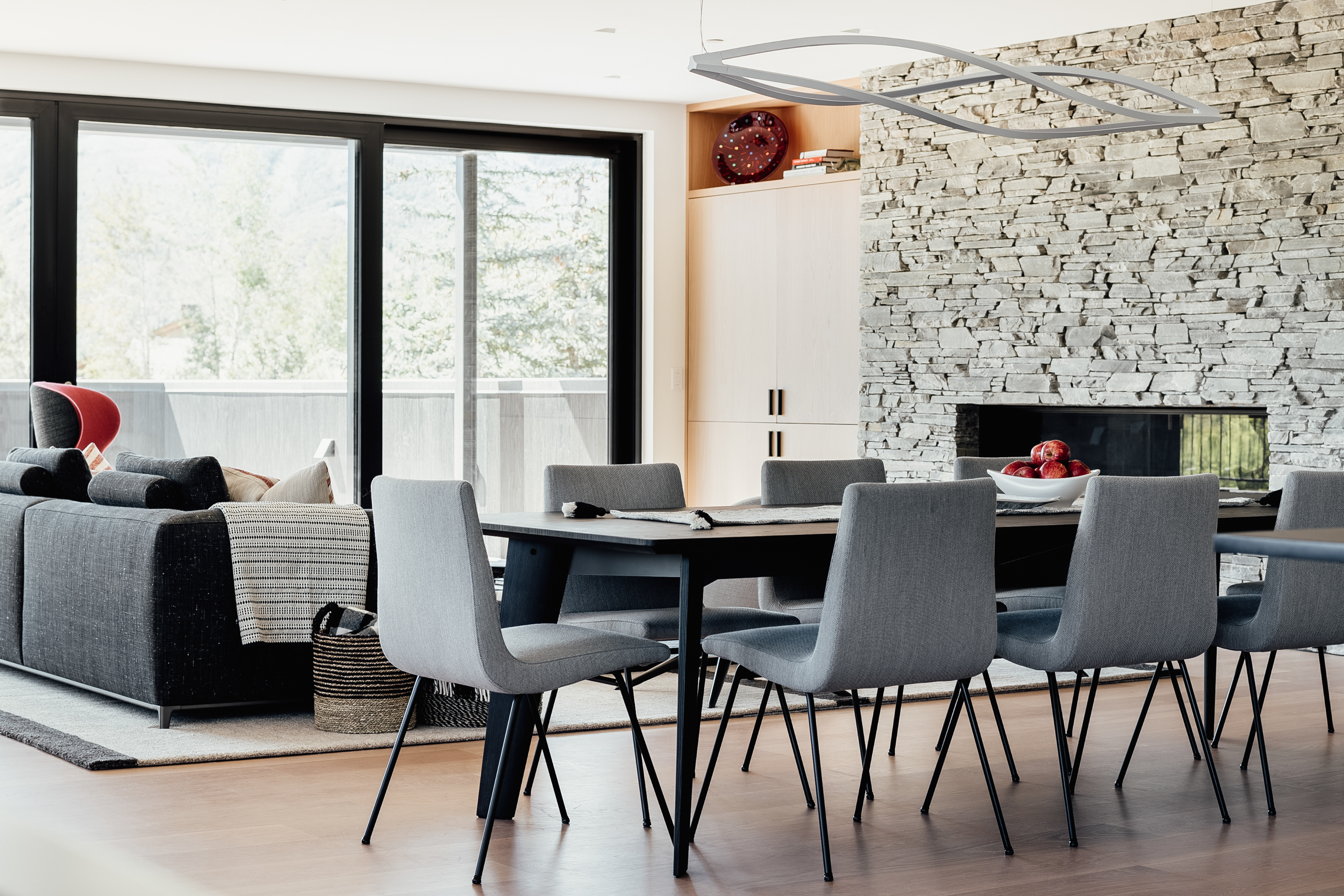
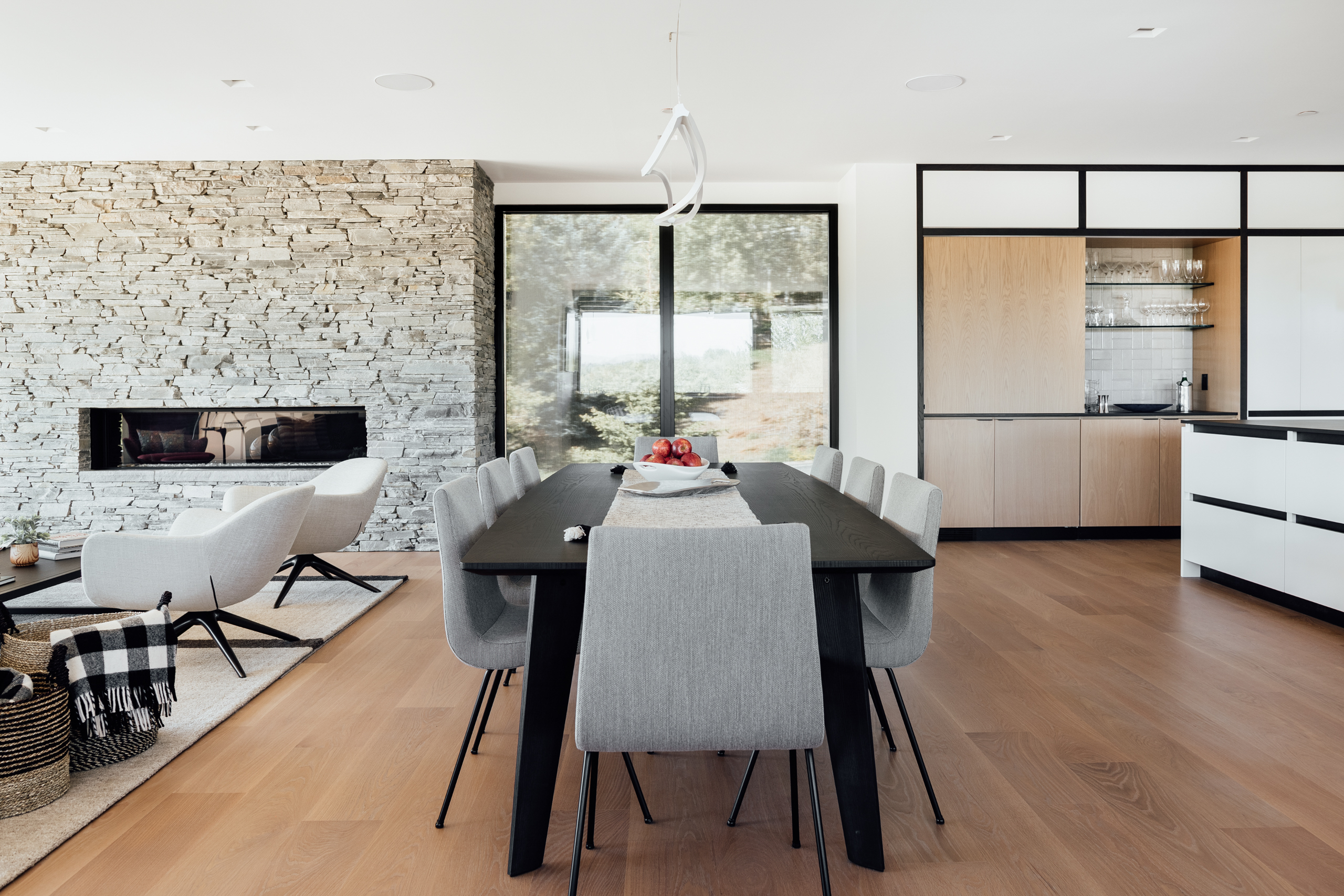
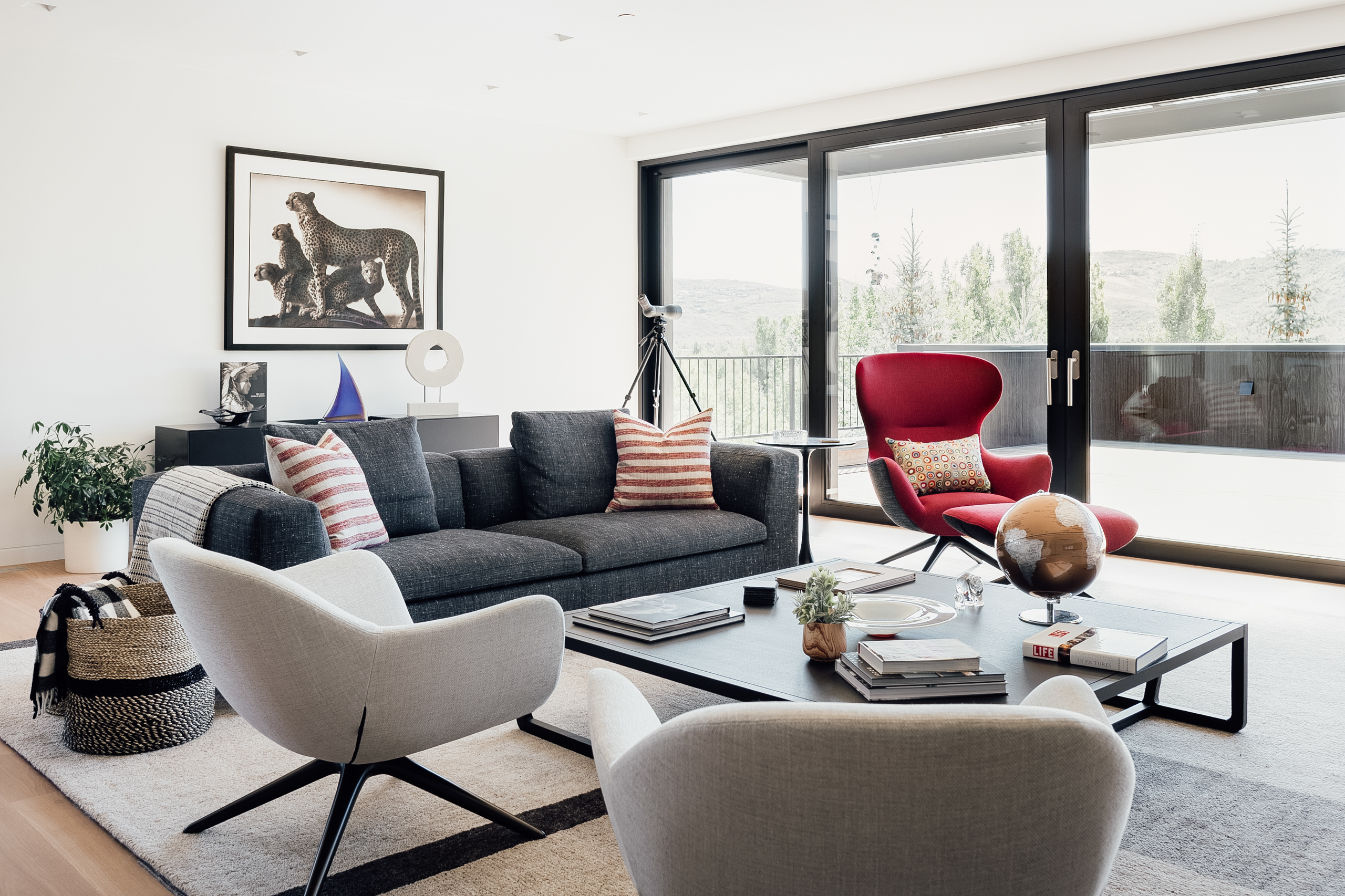
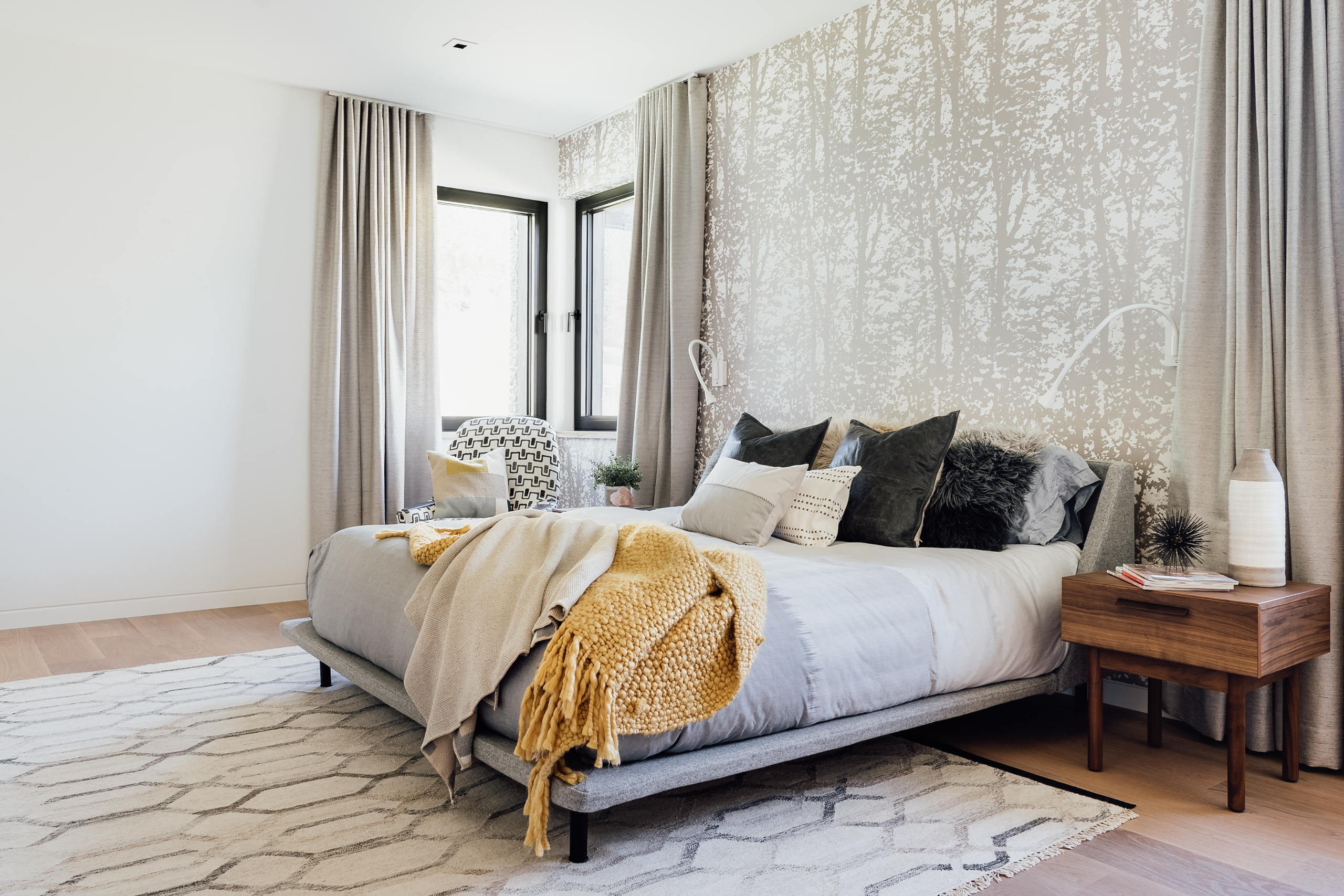
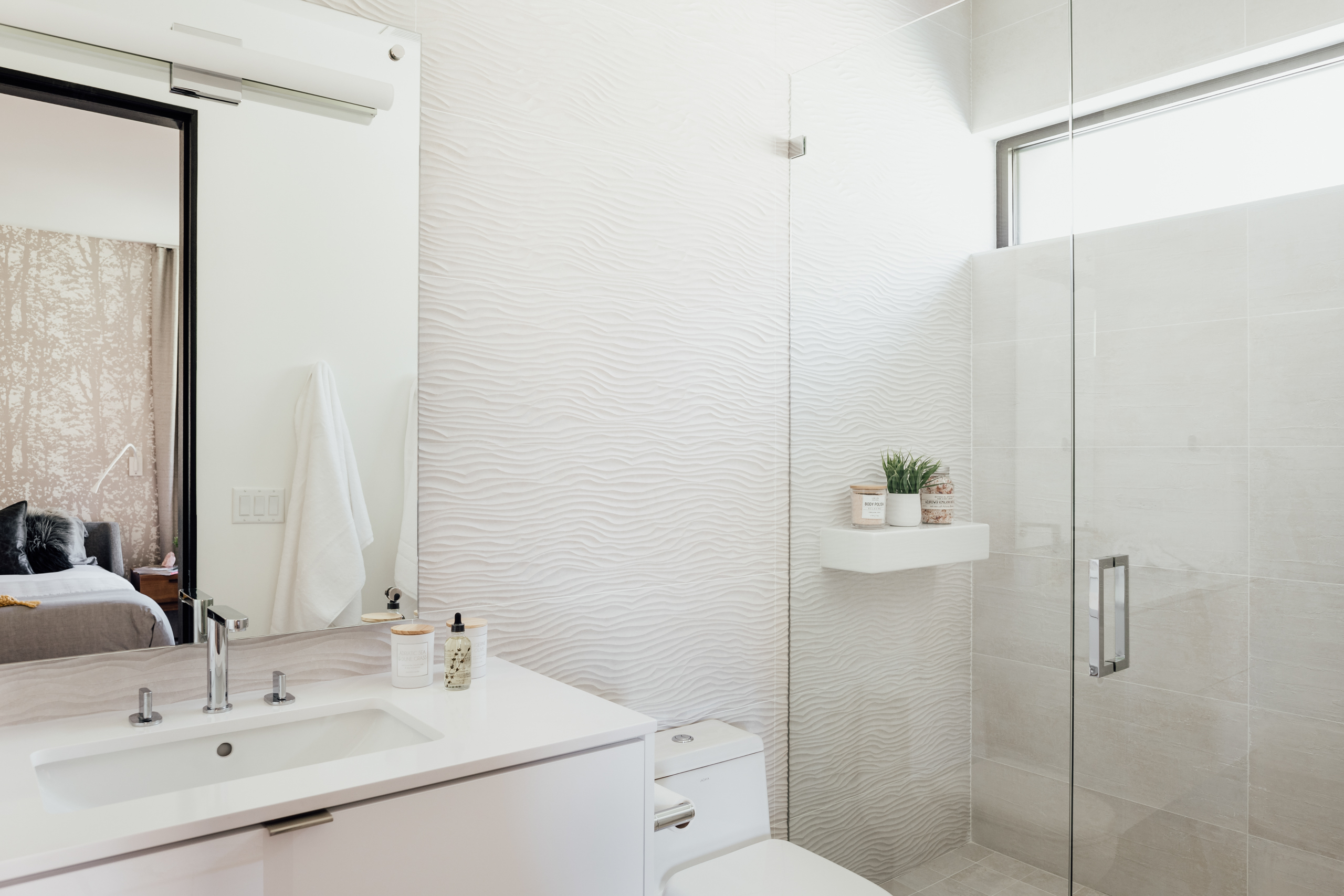
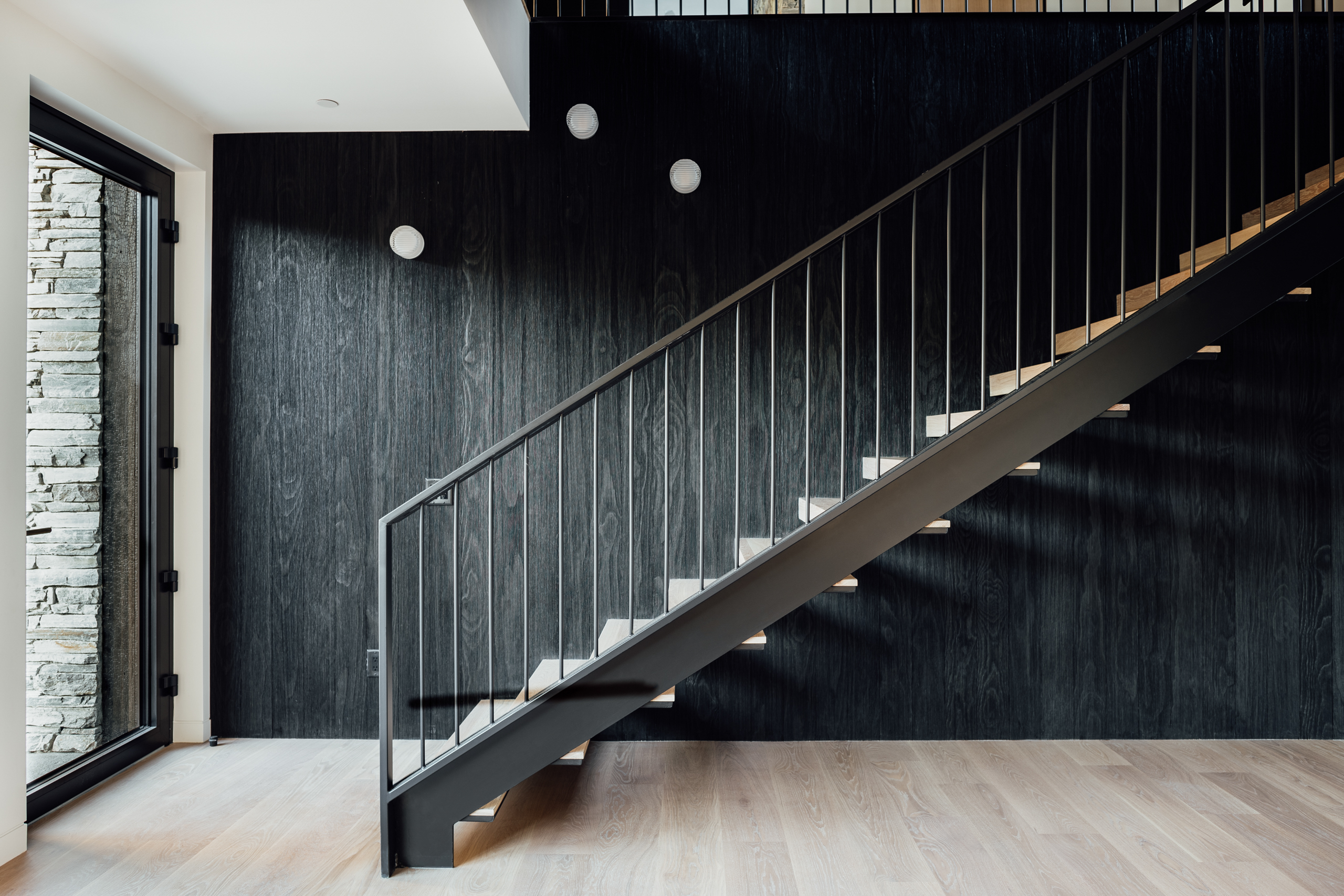
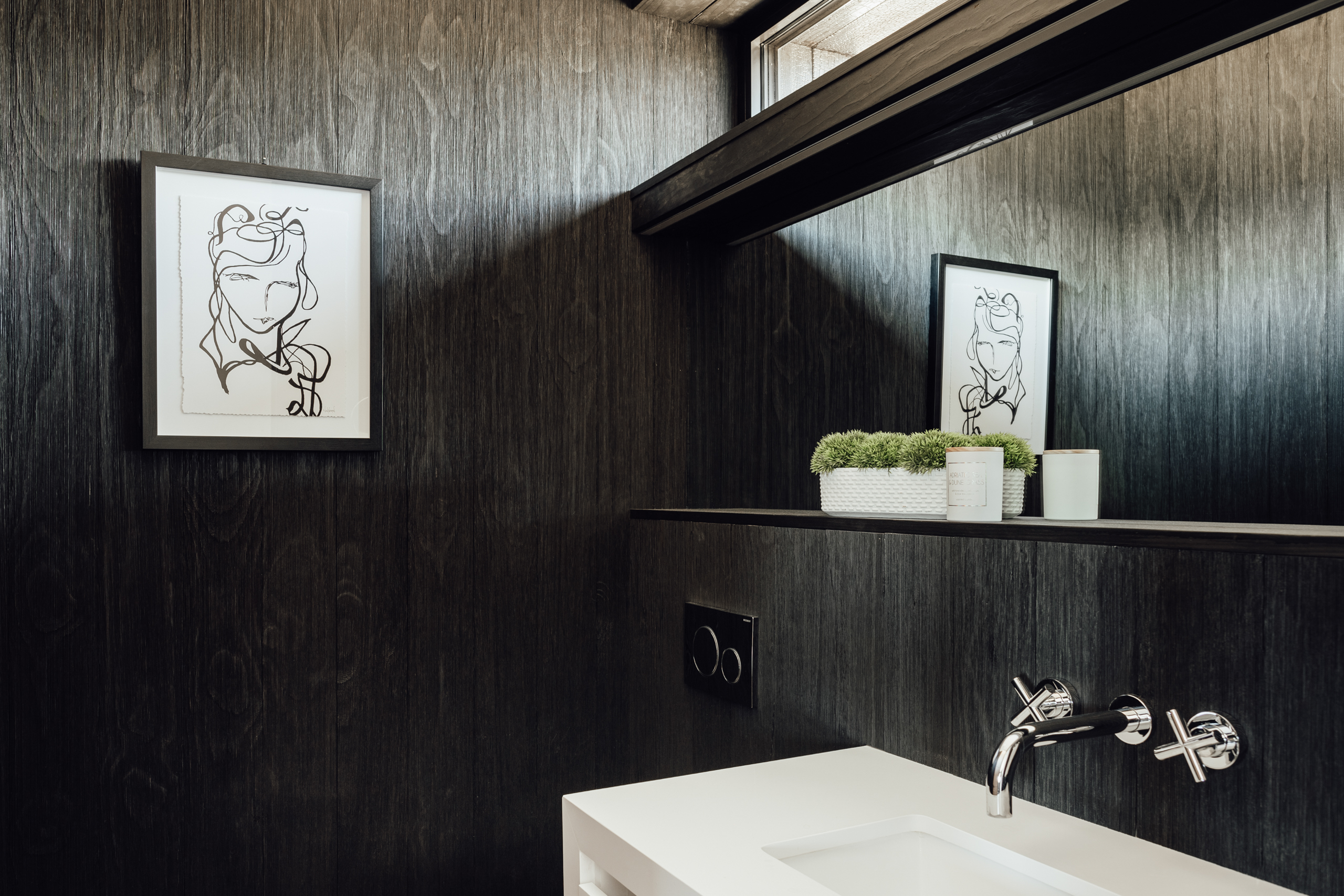
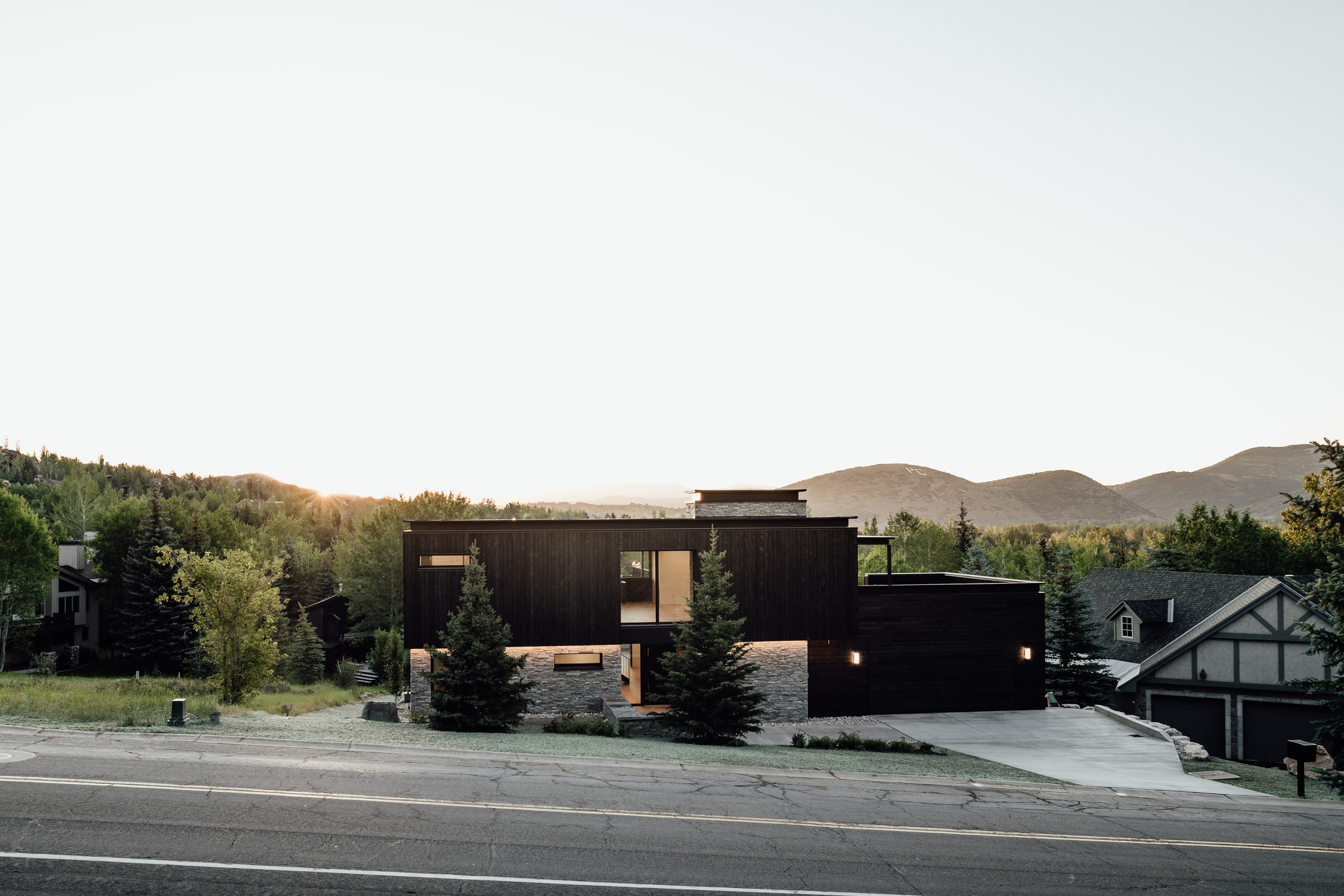
.jpg)

